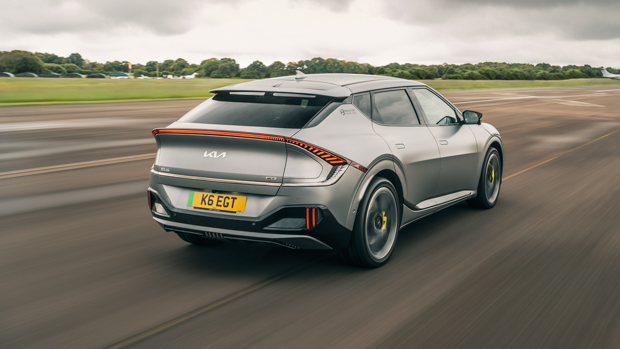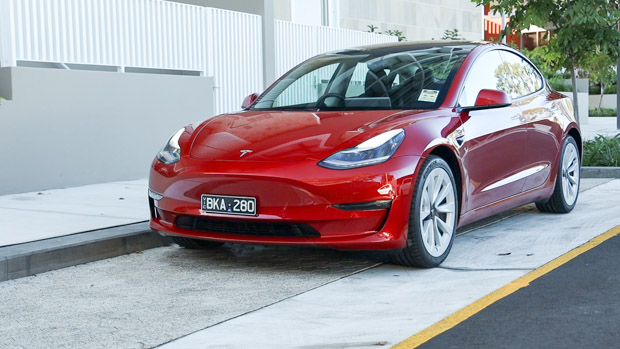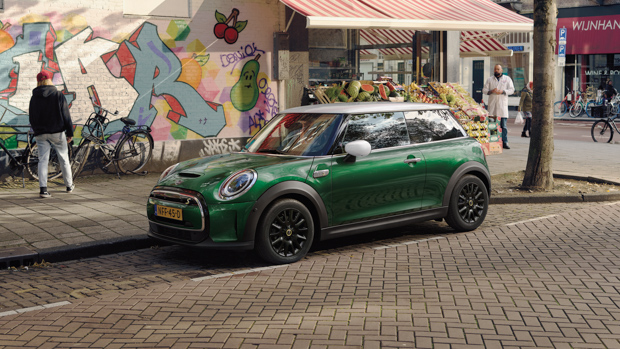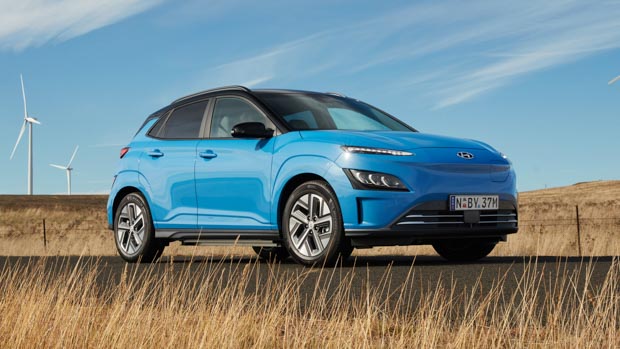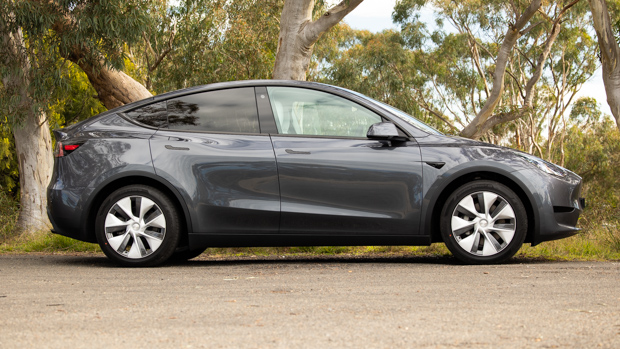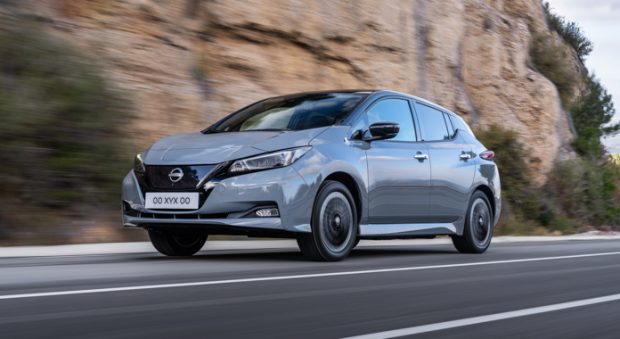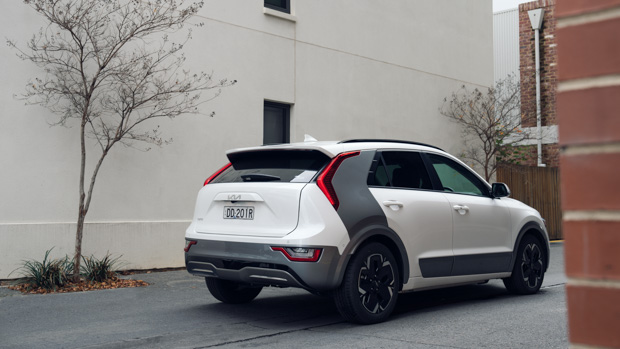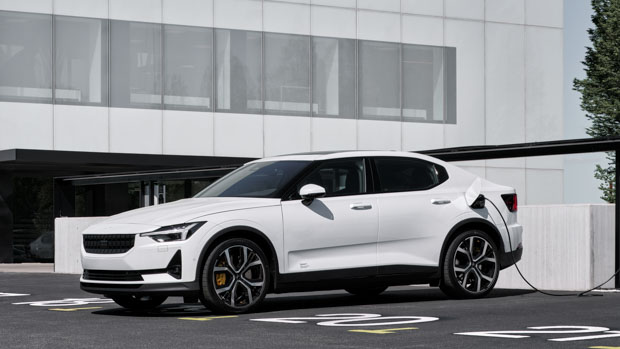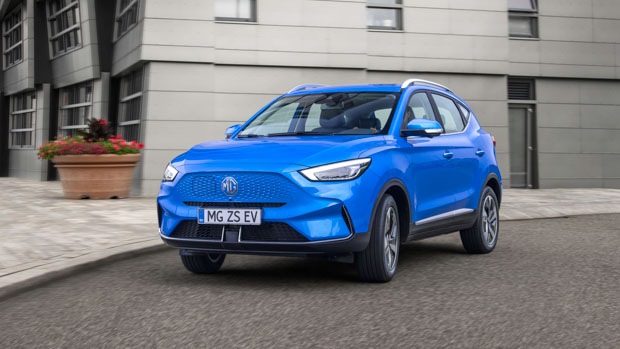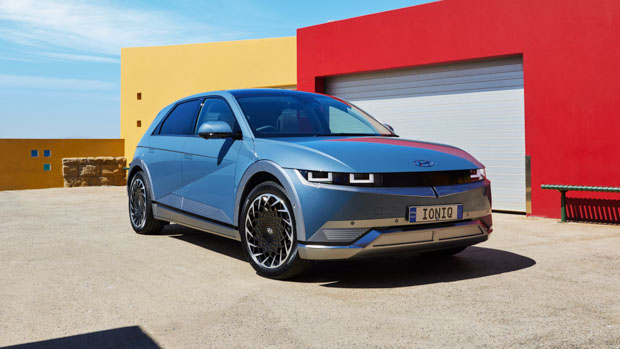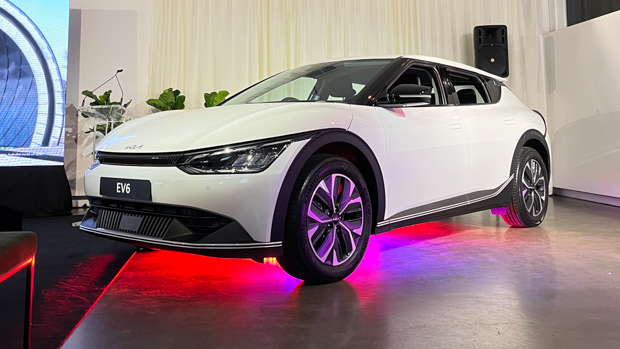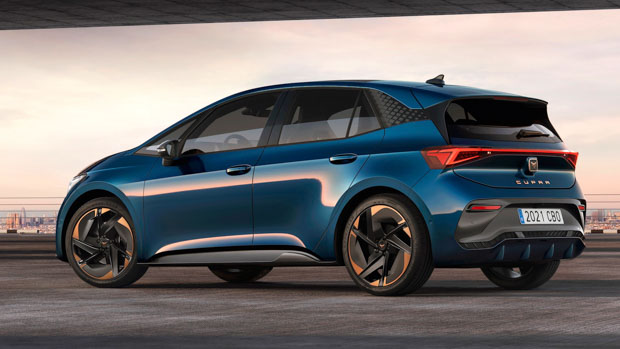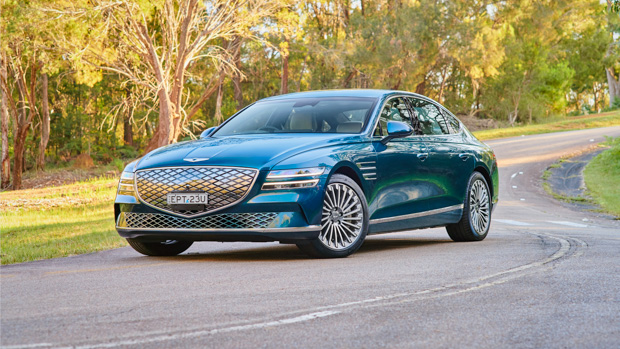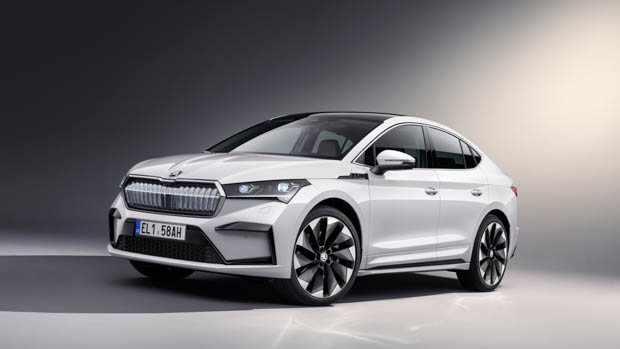-
Car Reviews
- All reviews
- Midsize SUVs
- Small cars
- Utes
- Small SUVs
- Large SUVs
- Large cars
- Sports SUVs
- Sports cars
- Vans
Latest reviews
- Car News
-
Car Comparisons
Latest comparisons
- Chasing Deals
Efficiency is a major factor in making electric vehicles cheaper to own – here, we rank the top 10 EVs by how far they’ll take you on a kilowatt-hour of electricity
The novelty of electric vehicles can make it easy to forget that, much like petrol and diesel cars, EVs are not created equal when it comes to efficiency.
It’s easy for a carmaker to simply add a bigger battery to an EV to make it go further. What’s harder – and much more impressive to us – is carmakers who can make their electric car more efficient than the rest.
Making an EV more efficient means it can use a smaller battery – which in turn weighs less, reducing the energy needed to move it in the first place; a virtuous cycle that also makes EVs handle better, with less mass to contain in corners and over bumps.
Smaller batteries also consume fewer of the earth’s resources to create – and they can be recharged more quickly and at lower cost. See why we love high efficiency so much?
In this guide from Chasing Cars, we rank the top-10 EVs on sale in Australia in mid-2022 by their efficiency. We provide their WLTP-TEH efficiency in kWh/100km, as well as their battery size and range, plus a weekly recharge cost for an average Aussie driving 270km per week, charging at home while paying $0.25/kWh for electricity.
Prices are correct at the time of writing in July 2022.
Efficiency: 11.6kWh/100km
Usable battery size: 57.5kWh
Range: 491km
Form factor: Four-door, five-seat midsize sedan
Tesla is the catalyst that pushed legacy car makers to get serious about electric vehicles so it’s no surprise that with its wealth of experience the American brand is extremely good at creating energy-efficient cars like the Model 3.
While all Model 3s are quite efficient, the entry-level model with a 57.5kWh battery and a single motor on the rear axle is the best of them all.
With an efficiency rating of 11.6kWh the average Australian who travels 270km per week can expect to pay around $7.83 to do so, which is certainly alluring as petrol skyrockets above $2.30/litre.
Efficiency: 12.4kWh/100km
Usable battery size: 28.9kWh
Range: 203km
Form factor: Three-door, four-seat small hatchback
Big batteries are great for achieving a long range but they are also heavy and therefore less efficient when travelling, which makes Mini’s decision to fit a tiny 28.9kWh battery in its electric hatchback quite clever.
While it may only have a range of 203km, the Mini Cooper SE draws just 12.4kWh from its battery for every 100km driven in combined conditions.
Assuming you can find a place to regularly top up the battery, the Mini presents a great option for those who use their second car for navigating stop-start traffic in city streets.
What’s more, the Mini will only cost $8.37 to top up, assuming you drive the average 255km every week.
Efficiency: 12.9kWh/100km
Usable battery size: 39.2kWh
Range: 305km
Form factor: Five-door, five-seat small SUV
Last year Hyundai decided to introduce a short range version of its already incredibly efficient Kona Electric small SUV which uses just 12.9kWh/100km despite its pumped-up SUV shape.
A usable driving range of 305km will offer a bit more breathing room than the Mini previous testing conducted by Chasing Cars on our EV range test showed the Hyundai actually exceeded its range claim when equipped with the larger 64kWh battery.
With its lower price of $54,500 before on-road costs, the Kona Electric Standard Range is also one of the few EVs eligible for the more restrictive rebates put out by the Queensland government and will only cost an average of $8.71 to charge up every week.
Efficiency: 13.3kWh/100km
Usable Battery size: 60kWh
Range: 455km
Form factor: Five-door, five-seat midsize SUV
Launching to the Australian market just last week is the Tesla Model Y – a whole two years after it first went on sale in the United States.
Like the Model 3 on which is it based, the Model Y is incredibly efficient and uses just 13.3kWh/100km in combined conditions, putting the cost of your weekly charge at $9.00
This is despite the fact it carries around a rather large 60kWh battery that provides a driving range of 455km. In many ways, the Model Y is the best of both worlds when it comes to striking a balance of efficiency and useful driving range.
Efficiency: 13.7kWh/100km
Usable battery size: 36kWh
Range: 270km
Form factor: Five-door, five-seat small hatchback
The Nissan Leaf might be getting on in years but even amongst a wave of new and advanced rivals this electric hatchback still has some fundamental talent under its bodywork.
When equipped with the 36kWh battery in standard range form, the Leaf uses just 13.7kWh/100km, which puts the weekly cost of charging at $9.25, and while Chasing Cars did see this figure blow out to 15.9kWh/100km on a highway range test, the results are still impressive.
The Leaf also came quite close to its 270km range claim, achieving a driving distance of 226km on our road trip from Sydney to Canberra.
Efficiency: 14.13kWh/100km
Usable battery size: 64.8kWh
Range: 458km
Form factor: Five-door, five-seat midsize SUV
Unlike the Hyundai Kona with which it shares the bulk of its underpinnings, the Kia Niro is only available with the larger 64.8kWh battery pack in Australia.
This provides a flexible driving range of 458km and yet still remains quite efficient with an official rating of 14.13kWh/100km in facelifted guise, reflecting a weekly cost of $9.54.
While the two are similar underneath, the Niro offers a bit more interior space than the Kona which could make it worth considering for family buyers.
Efficiency: 15.2kWh/100km
Usable battery size: 67.0kWh
Range: 440km
Form factor: Five-door, five-seat midsize hatchback
The Polestar 2 is one of the newest entrants to the Australian market and the availability of the more affordable Standard Range Single Motor has made it more accessible to buyers.
Not only is it the cheapest but it’s also the most efficient of the range with consumption rated at 15.2kWh/100km, putting the cost of a weekly charge at $10.26.
Like the Tesla Model 3, the Polestar 2 also has a respectable range claim of 440km so you’ll be travelling further on less energy than some other EVs on this list.
Efficiency: 15.3 kWh/km
Usable battery size: 49.0kWh
Range: 320km
Form factor: Five-door, five-seat small SUV
The MG ZS EV is the second best-selling electric vehicle in Australia and while much of that success is owed to its keen starting price (which has now risen to $46,990 driveaway) there is no denying its fundamental level of capability.
Despite the cheaper price, the recently facelifted MG has quite a lot going for it and boasts a respectable efficiency rating of 15.2kWh/100km, putting your weekly charge cost at $10.33.
The recent update has also seen the range claim climb to 320km, a boost it sorely needed after Chasing Cars found the previous model fell well short of its previous claim.
Efficiency: 15.5kWh/100km
Usable battery size: 72.6kWh
Range: 451km
Form factor: Five-door, five-seat midsize SUV
Sitting on the same e-GMP platform as the EV6, the Hyundai Ioniq 5 shares much with its Kia sibling but brings its own retro flare that has proved quite popular with Australian buyers.
Australia does not yet have access to the smaller battery versions so the single- and dual-motor 70kWh options are the only choice for now.
Even still, the slightly cheaper RWD, single motor Ioniq 5 has an efficiency rating of 15.5kWh/100km, putting the cost of charging it up every week at $10.46.
Efficiency: 16.5kWh/100km
Usable battery size: 72.5kWh
Range: 528km
Form factor: Five-door, five-seat midsize SUV
The Niro may have been Kia’s debut into the world of electric vehicles but the EV6 is where things started to get serious. Sitting on the lauded e-GMP platform which is dedicated to all things electric, this midsize SUV has helped move the game forward.
We don’t get the short range battery packs in Australia but even with the 72.5kWh model the EV6 still has an efficiency rating of 16.5kWh/100km, meaning it would cost $11.14 to charge every week.
This is assuming buyers opt for the single motor, rear drive model as the AWD version is slightly less efficient but in our testing on Chasing Cars’ Car Of The Year, our judges actually preferred the driving dynamics and ride quality of the more frugal option.
Efficiency: 13.8kWh/100km
Usable battery size: 77.0kWh
Range: 492 km
Form factor: Five-door, five-seat midsize SUV
The Cupra Born is not yet on sale in Australia so it can’t officially qualify for this list but it is expected to arrive before the end of 2022.
Official specs have not yet been confirmed but Cupra is expected to bring the dual-motor version producing 170kW of power and 310Nm of torque.
Despite its performance focus, the Born is also rather efficient and uses just 13.8kWh in combined conditions, putting the cost of a weekly charge at $9.32.
Efficiency: 15.9kWh/100km
Usable battery size: 82.5kWh
Range: 520km
Form factor: Four-door, five-seat large sedan
As the electric vehicle market exands to include more and more options in Australia it’s only natural that we would see more luxury options break onto the field.
Genesis has leapfrogged rivals such as BMW by offering the Electrified G80 first in Australia which combines a seriously luxurious interior combined with an efficiency rating of 15.9kWh/100km.
This puts the cost of charging it every week at $10.73 and it still has a driving range of 520km.
Efficiency: 14.1kWh/100km
Usable battery size: 77kWh
Range: 545km
Form factor: Five-door, five-seat midsize SUV
Skoda has yet to confirm what exact version of the Enyaq Coupe will be coming to Australia in the second half of 2023 but we hope the iV 80 grade is on the shortlist.
Despite being a midsize SUV, the Enyaq is still quite efficient with a consumption rate of 14.1kWh/100km, amounting to a weekly charge cost of $9.52.
Combine that with a driving range of 545km, courtesy of a huge 77kWh battery, this could be a great road trip SUV for Australian buyers.
Latest news
About Chasing cars
Chasing Cars reviews are 100% independent.
Because we are powered by Budget Direct Insurance, we don’t receive advertising or sales revenue from car manufacturers.
We’re truly independent – giving you Australia’s best car reviews.
